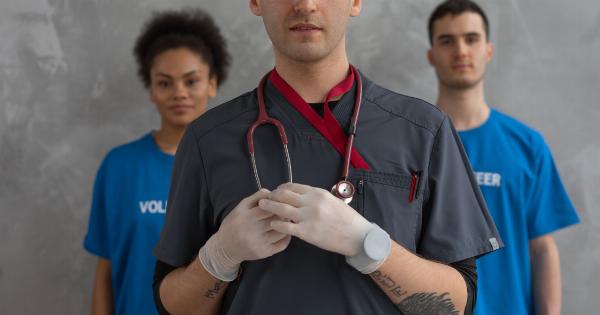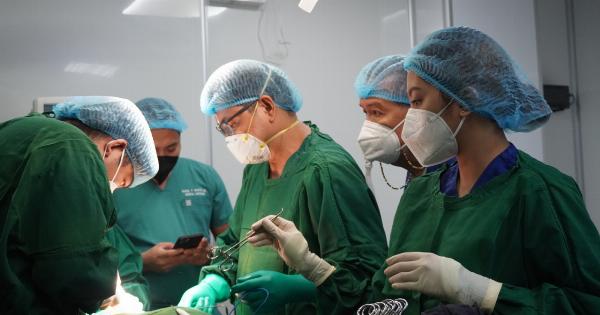A heart surgery is a sensitive and critical procedure that requires precision and accuracy. However, even with the best of intentions and precautions, medical errors do occur.
One such mistake that is shocking and terrifying is the case of performing a heart surgery on the wrong person.
What happened?
On May 16, 2019, a middle-aged man walked into the hospital for a routine angiogram, a diagnostic test that helps doctors determine the condition of the heart and its blood vessels.
The man had no known cardiac issues, and the angiogram was merely a preventive measure.
After the angiogram, the medical staff mistakenly identified the patient as another patient with a similar name, who was scheduled for heart bypass surgery.
The man was prepped, anesthetized, and taken to the OR, where the surgeon performed a bypass surgery instead of the intended angiogram.
The mistake was realized when the patient woke up after the surgery and found that his chest had a long scar. He initially thought that perhaps the surgeon had found something wrong and corrected it.
However, he was soon informed about the mistake, causing shock and distress to the patient and his family.
The impact of the mistake
The patient underwent unnecessary heart surgery, which comes with its risks and complications. Additionally, the patient suffered emotional trauma from the realization that the surgery was not meant for him.
The mistake caused immense distress to the patient, leading to severe consequences.
The hospital, too, faced severe repercussions of the incident. The mistake raised concerns about the hospital’s competence and quality of care, damaging the hospital’s reputation and credibility.
The hospital could face legal action and compensation claims from the patient and their family.
Causes of the mistake
The wrong patient surgery is a tragic mistake that can occur due to various factors, such as:.
Communication errors
Incorrect patient identification, miscommunication among the medical team, and inadequate handoff procedures can lead to errors in patient procedures.
In the case of the wrong patient surgery, the incident occurred due to confusion between patients with similar names, indicating inadequate communication and identification protocols.
Staff fatigue and burnout
Long shifts, overworked schedules, and understaffed facilities can lead to medical staff fatigue, which impairs their ability to function optimally.
Staff fatigue can also cause lapses in judgment, poor concentration, and communication errors, all of which can lead to medical errors.
Inadequate checks and protocols
Hospitals are recommended to have proper checks and protocols, such as verifying patient identities, matching patients with their medical records, and cross-checking patient information with electronic records.
In the case of the wrong patient surgery, it appears that the hospital failed to follow these necessary protocols.
Preventing wrong patient surgeries
To prevent such catastrophic mistakes, medical facilities must employ strict protocols and guidelines that prioritize patient safety. Here are a few ways that can help prevent wrong patient surgeries:.
Use of technology
The use of technology such as barcodes, scanners, and electronic patient records can help hospitals accurately identify patients and verify their medical procedures.
By using these tools, hospitals can reduce the likelihood of medical errors caused by human factors.
Cross-checks and redundant verifications
Hospitals can institute checks and re-checks at every step of the patient’s medical journey, starting from admission to the OR.
By verifying patient identities, medical records, and cross-referencing care information, hospitals can reduce human errors and prevent surgical mistakes.
Communication and teamwork
Effective communication among medical staff, including surgeons, nurses, and technicians, can improve safety and reduce errors.
Clear communication should be the foundation of all medical procedures, from pre-operative care to post-operative follow-ups.
Conclusion
Performing a heart surgery on the wrong patient is an avoidable and devastating mistake that can lead to severe physical and emotional trauma. Preventing such errors is a shared responsibility of hospitals, medical staff, and patients.
By employing checks and balances, using technology, and prioritizing communication, medical facilities can improve patient safety and reduce medical errors.



























